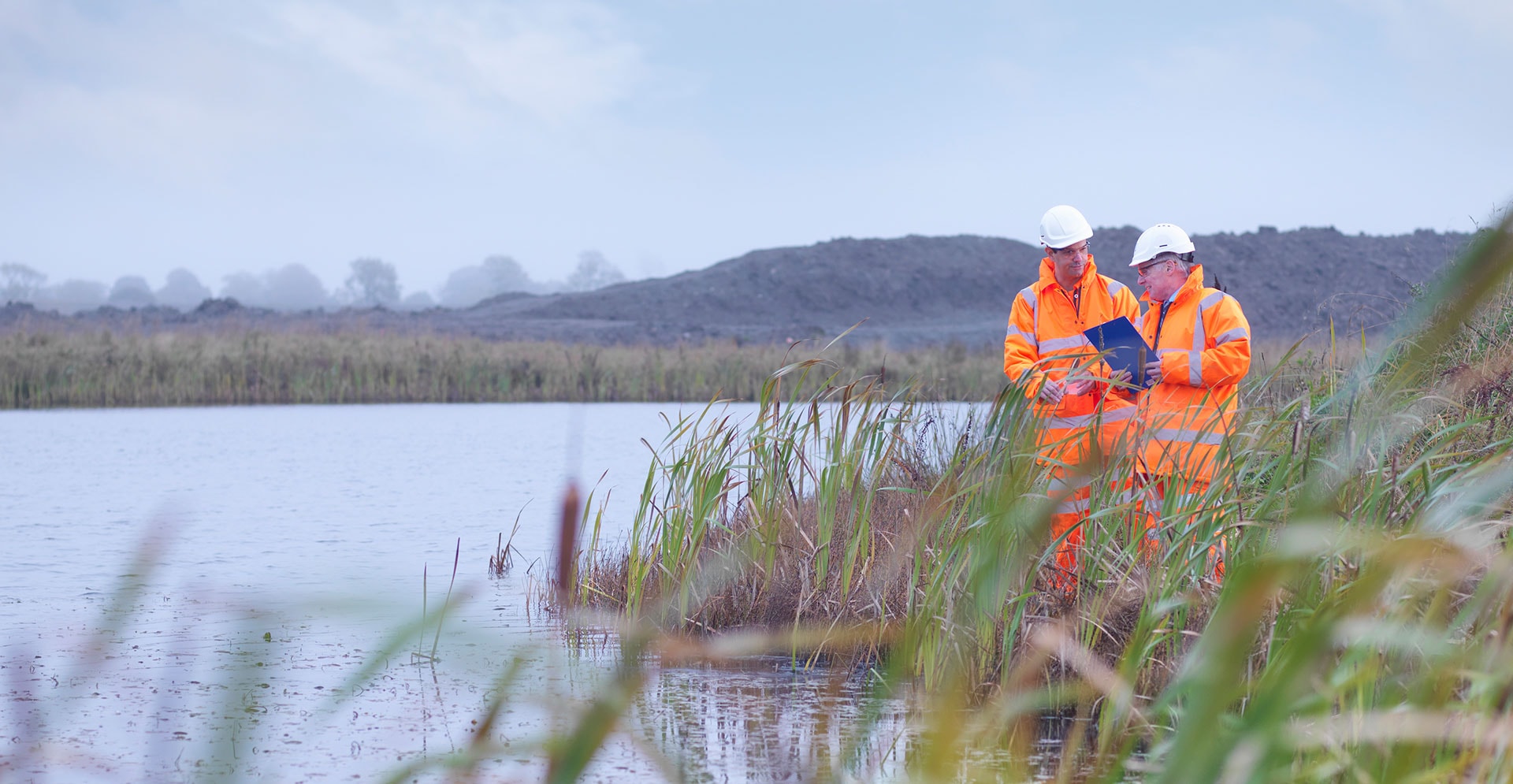Arcadis Biodiversity Net Gain Calculator
A healthy biodiversity is crucial for our economy. New regulations and initiatives such as CSRD (Corporate Sustainability Reporting Directive) and TNFD (Taskforce on Nature-related Financial Disclosures) underline that both governments and investors are increasingly requiring biodiversity to be a priority in any business strategy. Arcadis guides you step by step in this process.
Before you can take action as a company, you must first know where you stand. Using biodiversity measurements, companies can record a baseline measurement and understand and predict current and future effects. This helps identify where management, mitigation or wildlife restoration efforts are most needed, and helps track the progress of actions.
But that is often where the difficulties arise because there is no universal standard for biodiversity, as there is for carbon, for example. After all, 'biodiversity' includes all the living things on our planet and how they interact in the ecosystems they live in. Biodiversity is complex, dynamic, diverse and location-specific. Therefore, biodiversity measurements must necessarily simplify some of these complex aspects.
Measuring is knowing
The first challenge lies in this simplification. This is because stakeholders may have concerns that metrics leave out important biodiversity components or give a misleadingly strict impression. It is therefore important to choose the right biodiversity metrics, data sources or measurement techniques, suitable for the intended use.
A generally accepted indicator for biodiversity is the Mean Species Abundance, or MSA for short. This is a measure of the species abundance at a location today, compared to the original species abundance in untouched nature.
Biodiversity Net Gain Calculator (BNGC)
Based on the MSA, Arcadis developed the Biodiversity Net Gain Calculator (BNGC) to quantify both the positive and negative impacts, with an emphasis on land use. The BNGC has been included in reports by the European Commission and has been successfully applied in various countries and sectors, such as aviation, industry, real estate and the financial sector. Through desktop research or a site visit by a biodiversity expert, the BNGC provides accuracy.
With the tool you can:
- gain insight into the current and potential biodiversity value of a business site or other location, such as a nature reserve, which is relevant if you are committed to nature restoration;
- evaluate different scenarios and gain both operational and strategic insights;
- map invasive alien species, see sustainability standards such as IFC PS6;
- monitor progress, which is ideal for reporting, see the CSRD (Corporate Sustainability Reporting Directive) and the TNFD (Taskforce on Nature-related Financial Disclosures) requirements.
Do you also want to take steps to map and improve the biodiversity impact of your company?
Contact Hans Van Gossum for a sneak peek of the tool.






